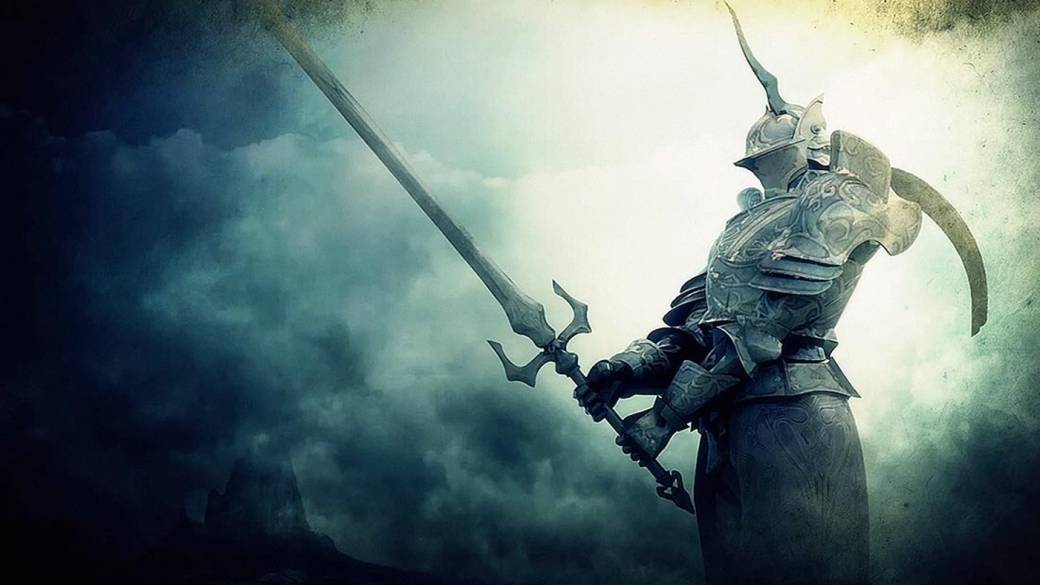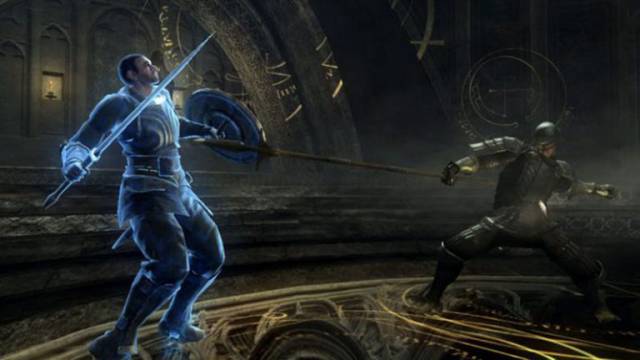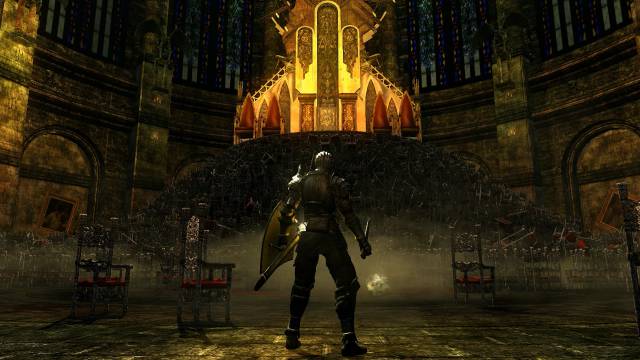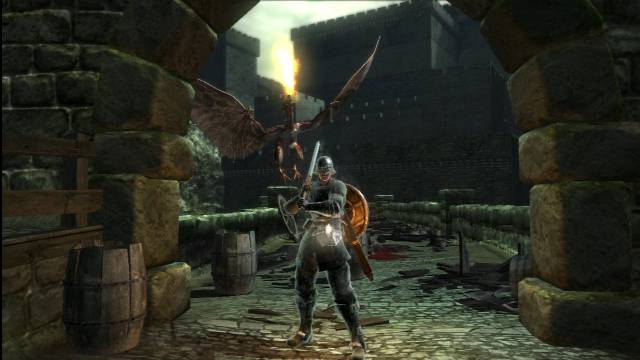
We revisited Boletaria to discover the game that began with the recognizable hallmark of From Software, one of the most influential in recent years.
More than a rumor it was a hope, but we already know that the remake that Bluepoint Games was working on was that of Demon’s Souls for PS5, a game that at the time went unnoticed -except in the US, where it was a phenomenon-, but that his successors have elevated him to the category of great desired. Not a few are now protesting the – scarce – difficulty of video games, taking the player practically hand in hand on playable rides with more prominence in the narrative, but From Software’s game came at a stage when this was even more accentuated. In fact, we are now talking about games clearly influenced by the work of the Japanese studio, such as The Surge, Nioh or Lords of the Fallen, but the expression “is the Dark Souls of …” has also become famous, referring to the high demand with the player. But it was not Dark Souls who started this trend, but the case at hand, Demon’s Souls.
But to understand Demon’s Souls you have to know where we came from, and go back in time even further back than Ninja Blade, Tenchu, or Armored Core, other games from From Software. Specifically, we traveled until 1994 to discover King’s Field, a role-playing game in first person in the style of The Elder Scrolls, although with greater weight than the dungeon crawling. It would not leave the Japanese borders -it would do later deliveries- but later we could know details of it, such as a plot and a setting that are irretrievably reminiscent of the latest games of the studio that Hidetaka Miyazaki commands. It was a game with an extremely mixed reception, with aspects considered as virtues for some and defects for others, such as the slow movements and fragility of the protagonist, or the scarcity of NPC, characteristics both of the “Soulsborne” saga.

A spear must also be broken in favor of Demon’s Souls in relation to their stealthy passage through the past generation, since it would coincide with other also very large western role-playing games: from giants like The Elder Scrolls V: Skyrim (and Oblivion) or Dragon Age: Origins, even less popular ones like Dragon’s Dogma or Kingdoms of Amalur: Reckoning, but that’s only speaking of medieval fantasy. If we also talk about science fiction we find nothing less than the Mass Effect or Fallout 3 trilogy, with which, it is easy to understand how difficult it was to find a place in such a populated genre and with titles that contain tens -or hundreds- of hours of entertainment. To top it off, Demon’s Souls’ proposal was not exactly the friendliest.
As we said before, now it is common to find cruel games with the player, who have absolutely no contemplation regarding their difficulty, but in the late 2000s, finding something like this was an absolute rarity. Getting behind the scenes of a game and dying in front of the first enemy you meet now may seem crazy, but Demon’s Souls made it possible, as well as making us “lose” an hour of progress if we died and lost our souls. “How? That I have to repeat this section that has cost me horrors to recover them? Indeed, it had to be done, and with a fairly high risk of losing them permanently, but after that cruelty there were two virtues that caught us, which we did not know then that we needed, and that would come to stay.

One of them is the eagerness to discover what is after our last death. As we have been seeing later, both this and Dark Souls, Bloodborne or Sekiro: Shadows Die Twice, are games with a huge number of surprises, but obviously, you have to keep going to discover them. Thus, you die a hundred meters before entering the mist that precedes a boss, but you cannot abandon. How are you going to do it right now? It is a permanent sensation in the work of From Software, something that is not valued in its proper measure and in what they have become teachers. On the other hand, before we quote “lose” when talking about progress after death, because we really do not lose: the Japanese study is unmatched in transmitting the feeling to the player that if he has overcome a challenge it has really been for his ability in command, for to have learned and mastered the combat every time he has played, regardless of the level of the character or his equipment, because in reality it is like this: the merit of each victory is uniquely ours, but also the demerit of defeat, and it is that we are talking about very difficult but fair games, not cheats.
It’s not just another Souls
However, there are several points that differ with Dark Souls, its successor and, yes, success at a not only critical but commercial level, and the main one is a very different world design. Precisely from Dark Souls, From Software would demonstrate a tremendous ability to design levels and environments connected to each other, being able to find shortcuts to areas that we had visited ten hours before, or hidden areas with great dangers, but also great rewards. On the contrary, Demon’s Souls offered a map divided into zones to visit from the usual resting point, the Nexo, enjoying afterwards much more linear environments than what we have been able to enjoy later in later games.

Another peculiar and distinct aspect is the trends, so to speak, the equivalent of the Pacts in Dark Souls. These were divided into White and Black -good and evil, to make it easier-, and depended mainly on our journey as humans or as undead, something that we also know about the games that would come later. Of course, this feature was much less complex than the aforementioned Pacts, since the difference between one trend and another was the difficulty, somewhat lower in the event that we were inclined to the White, in addition to having fewer visits from the infamous Black Phantoms, random occurrences of other knights and that were the most complicated confrontations in the game, especially if these are controlled by other players and not by the AI, rather than competent anyway.
That said, and in congratulations, it was not lacking, fans of From Software’s proposal must be aware that they will find something different from what they are used to, although it remains to be seen how faithful the recreation of Bluepoint Games is. For the time being, graphically the improvement will be evident, something that will not do anything wrong since the original was very far from being a pointer, also having several options in this regard. There has also been talk of a new game mode called Fractured, of which it is not yet known what it will consist of. Be that as it may, there is still a lot to know about what was surely the most desired remake by all PlayStation players.

